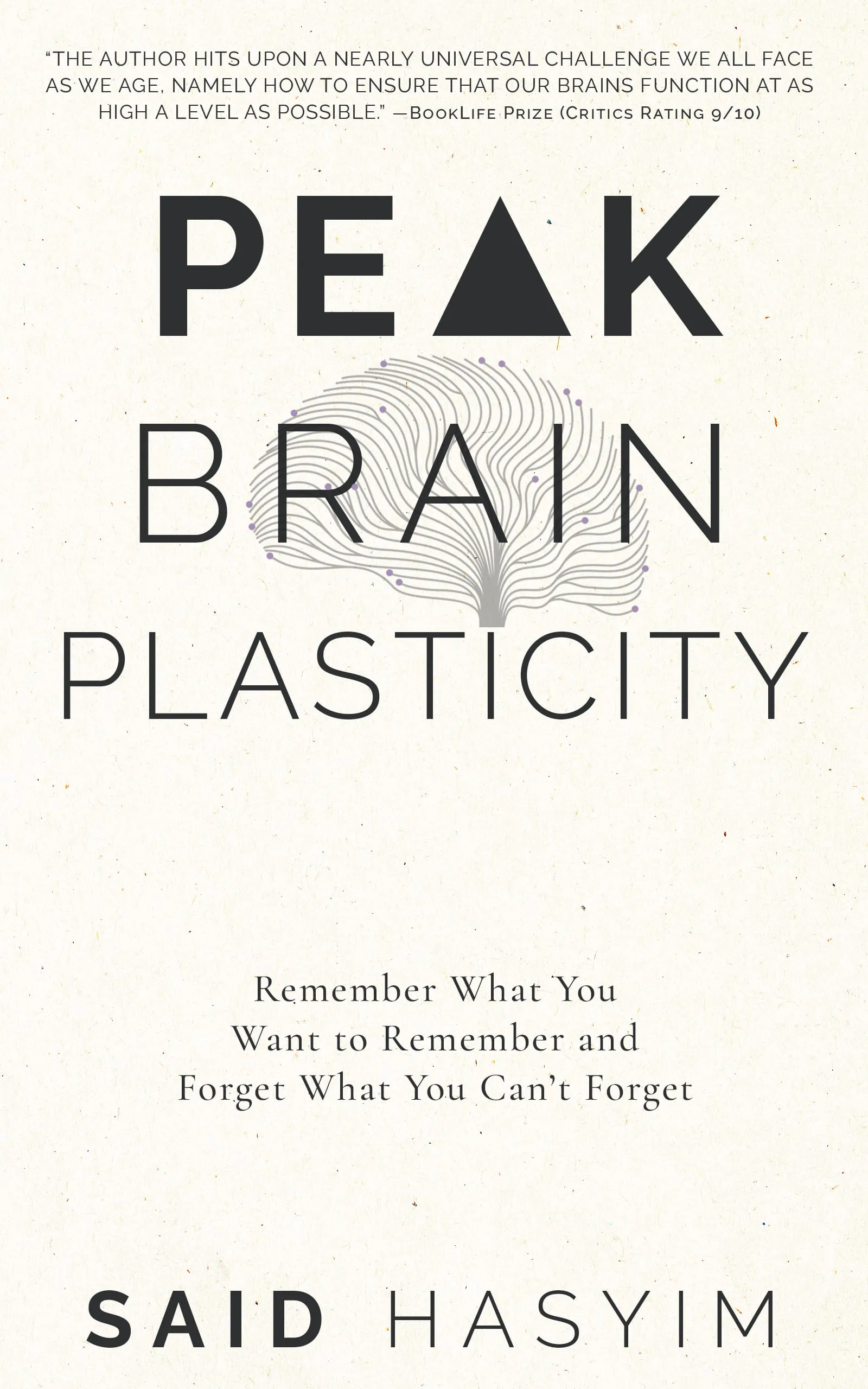How Your Brain Adapts: The Power of Neuroplasticity
The human brain is a fascinating organ, not just because of its complexity, but also because of its remarkable capacity for change and adaptation. This property, known as neuroplasticity, is at the core of our ability to learn, recover from injuries, and adapt to new environments. In this blog post, we’ll explore the concept of neuroplasticity, how it works, and its implications for our lives.
Understanding Neuroplasticity
Neuroplasticity, sometimes referred to as brain plasticity or neural plasticity, is the ability of neural networks in the brain to change through growth and reorganization. It is a lifelong process that happens through various experiences, from learning new skills to overcoming challenges. Neuroplasticity can occur at different scales, from cellular changes (involving individual neurons) to large-scale alterations involving entire networks of the brain.
Types of Neuroplasticity
Neuroplasticity can generally be categorized into two main types: functional plasticity and structural plasticity.
Functional Plasticity: This type of neuroplasticity refers to the brain's ability to move functions from damaged areas to undamaged areas. For instance, if one part of the brain is injured, other parts may take over the functions previously handled by that area. This is most commonly seen in stroke recovery.
Structural Plasticity: This involves physical changes to the brain's structure as a result of learning, experience, or environmental factors. For example, practicing a musical instrument or learning a new language can lead to the growth of new connections between neurons, known as synapses, and even the formation of new neurons (neurogenesis).
The Mechanisms Behind Neuroplasticity
Neuroplasticity is made possible by various mechanisms in the brain. Key players include:
Synaptic Plasticity: This is the strengthening or weakening of synapses, the connections between neurons, based on activity levels. Long-term potentiation (LTP) enhances the synaptic strength, while long-term depression (LTD) decreases it. These changes are fundamental for learning and memory.
Neurogenesis: The process by which new neurons are generated from neural stem cells. This occurs notably in the hippocampus, a brain region vital for memory and navigation. Neurogenesis is influenced by factors like physical exercise, stress, and diet.
Myelination: This involves the formation of a protective sheath around nerve fibers, which enhances the speed of signal transmission between neurons. Changes in myelination can occur as a result of learning.
The Impact of Neuroplasticity
The implications of neuroplasticity are profound, affecting various aspects of our lives:
1. Learning and Memory
Neuroplasticity is integral to how we learn and retain information. When we learn something new, the brain creates new pathways and strengthens existing ones. This can apply to anything from acquiring a new language to mastering a musical instrument. The more we practice or engage with the material, the stronger the neural connections become, making it easier to recall information later.
2. Recovery from Injury
Neuroplasticity plays a crucial role in recovery from brain injuries, such as strokes or traumatic brain injuries. Rehabilitation often involves retraining the brain to perform tasks that were lost due to damage. Therapies may focus on repetitive tasks that encourage the brain to forge new connections and compensate for lost functions.
3. Mental Health
The concept of neuroplasticity has important implications for mental health. Therapies aimed at reshaping negative patterns of thought or behavior depend on the brain’s ability to change structurally and functionally. For example, cognitive-behavioral therapy (CBT) has been shown to promote neuroplastic changes in the brain, aiding in the treatment of conditions like depression and anxiety.
4. Aging
As we age, the brain undergoes various changes, but neuroplasticity suggests that it is possible to maintain mental acuity and even grow new brain cells. Engaging in mentally stimulating activities, physical exercise, and social interactions can promote neuroplasticity, thereby potentially mitigating some effects of aging on cognitive function.
How to Harness Neuroplasticity
Understanding neuroplasticity empowers us to take action to enhance our brain’s adaptability. Here are some practical strategies to facilitate neuroplasticity:
1. Continuous Learning
Challenge your brain by learning new things. Whether taking up a new hobby, studying a new language, or exploring a different subject, engaging in activities that require effort and concentration can promote the growth of new neural connections.
2. Physical Exercise
Regular physical activity is not only beneficial for bodily health but also for brain health. Exercise increases blood flow to the brain, promoting neurogenesis and the release of growth factors that enhance learning and memory.
3. Mindfulness and Meditation
Practicing mindfulness and meditation has been shown to promote neuroplasticity by improving attention, memory, and cognitive flexibility. These practices can enhance the brain’s grey matter density, particularly in areas involved in emotion regulation and decision-making.
4. Healthy Nutrition
What you eat has a direct impact on your brain health. A diet rich in antioxidants, healthy fats, vitamins, and minerals can support neurogenesis and overall cognitive function. Omega-3 fatty acids, in particular, have been noted for their role in promoting brain health.
5. Social Connections
Engaging with others and maintaining social connections can significantly benefit brain health. Social interactions can stimulate cognitive processes, reducing stress and potentially enhancing neuroplastic changes in the brain.
Conclusion
Neuroplasticity is a testament to the brain's remarkable capability to adapt and evolve throughout our lives. By understanding the mechanisms behind neuroplasticity and actively engaging in practices that promote brain health, we can harness the power of our adaptability. Whether you’re looking to improve your learning, recover from injury, modify detrimental patterns, or simply keep your mind sharp as you age, neuroplasticity offers hope and transformative potential. Embrace the journey of brain fitness, and remember: it's never too late to shape your mind.
Harness the Power of Neuroplasticity
Discover Peak Brain Plasticity, a practical book to harnessing neuroplasticity. Enhance your memory, learn new languages quickly, and alleviate anxiety with effective study methods. Uncover daily habits that impact cognitive health and explore techniques for accelerated learning and memory retention. Unlock your brain's potential for growth and transformation.
